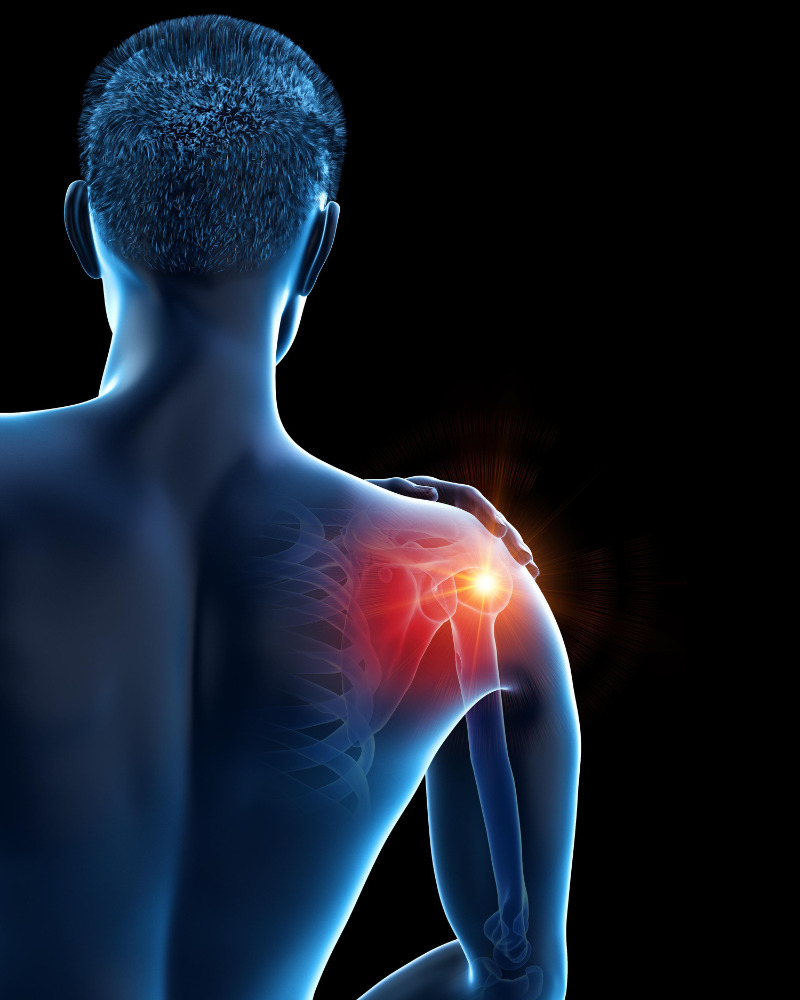Shoulder Impingement Syndrome
Pain and irritation from Shoulder Impingement Syndrome can be expertly addressed and treated by the team at Progressive Chiropractic Berwick
What is Shoulder Impingement Syndrome?
Home > Conditions > Shoulder Impingement Syndrome
Are you one of the many Berwick residents that experience shoulder impingement? Shoulder impingement occurs when the top, outer edge of the shoulder blade, called the acromion, rubs against or compresses the rotator cuff beneath it, causing pain and irritation. This creates a vicious cycle of injury, as damage to the rotator cuff causes swelling, which reduces the amount of space for the rotator cuff, causing it to rub on the acromion further.
On This Page
Causes of Shoulder Impingement?
Causes of shoulder impingement can include:
- Tendonitis (swollen or torn tendons): due to overuse from repetitive activity of the shoulder, injury, or from age-related wear and tear
- Bursitis (inflammation of the bursa): the bursa is a fluid filled sac between the acromion and the tendon that helps muscles and tendons glide over bones. The bursa can become inflamed during overuse of the shoulder or injury
- Acromion abnormalities: the acromion may not be flat either from birth or developmentally, due to the growth of age-related bone spurs
- Shoulder joint instability: caused by previous shoulder dislocation, or repetitive overhead actions required in some activities
Symptoms of Shoulder Impingement
Symptoms of shoulder impingement syndrome can include:
- Pain when arms are extended above the head
- Pain when lifting, lowering, or reaching the arm
- Pain and tenderness from the front of the shoulder
- Pain that moves from the shoulder to the side of the arm
- Pain when lying on the affected side
- Pain or aching of the shoulder at night that disrupts sleep
- Pain when reaching behind the back
- Shoulder and/or arm weakness and stiffness


Treatment for Shoulder Impingement Syndrome and how chiropractic can help
Conservative options for the management of shoulder impingement syndrome include:
- Chiropractic and physiotherapy: this is regarded as the most important treatment for the conservative management of shoulder impingement syndrome. Specifically tailored exercise regimes have been shown to increase strength, decrease pain and improve shoulder function earlier compared with non-targeted exercise alone
- Ice: should be applied to the shoulder for 20 minutes twice daily
- Analgesia: non-steroidal anti-inflammatory medication such as ibuprofen can provide relief for mild to moderate pain. For severe pain however, a cortisone injection may be given into the bursa to reduce swelling and relieve pain
- Activity modification: avoiding activities that require reaching overhead or behind the back
- Surgery is another option if conservative treatments fail
Do you need help with Shoulder Impingement Syndrome?
Research for chiropractic treatment and Shoulder Impingement Syndrome
Individuals suffering from shoulder impingement syndrome who were treated with manual physical therapy (such as Chiropractic and Physiotherapy) combined with a specifically tailored exercise regime demonstrated clinically significant improvement in symptoms including increasing strength, decreasing pain and improving function earlier than with exercise alone. Senbursa, G. (2007).
Comparison of conservative treatment with and without manual physical therapy for patients with shoulder impingement syndrome: a prospective, randomized clinical trial. Knee Surgery, Sports Traumatology, Arthroscopy, 15(7); 915 – 921
Kinesiotape has been found to be more effective than other modalities during the initial stages of treatment. Kaya, E. (2010). Kinesiotaping compared to physical therapy modalities for the treatment of shoulder impingement syndrome. Clinical Rheumatology, 30(2); 201 – 207.
